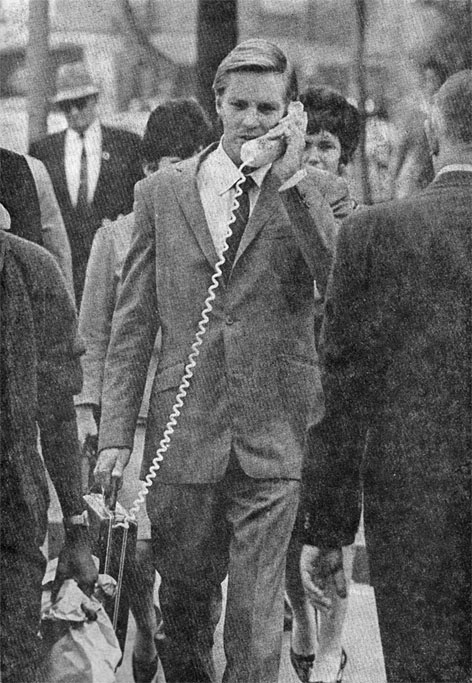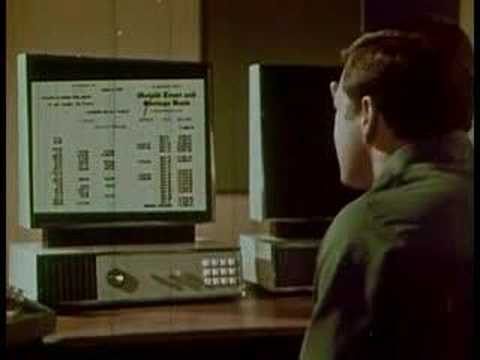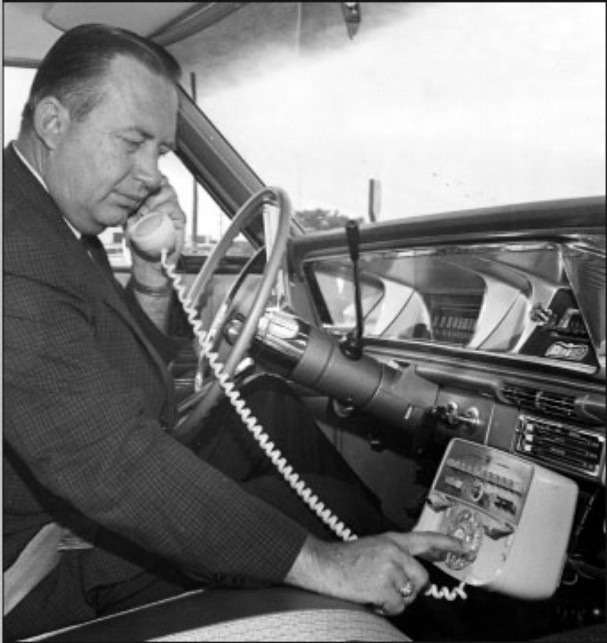I was reading Douglas Coupland’s column about the artifacts of air travel in the aftermath of 9/11, and it reminded me of a 1992 New York Times article by Peter H. Lewis about the early days on online airline reservations, something that wasn’t yet perfected at the time of publication. It was a can’t-miss idea whose time was near but not quite there. The opening:
THESE days, a journey of a thousand miles can begin with a single tap of the computer keyboard.
The best way to get somewhere, some travelers assert, is through the personal computer. Using a computer and a modem, which allows two computers to exchange data over telephone lines, travelers can scan flight schedules and fares, check the weather at the destination, research restaurant reviews, uncover unadvertised bargains and in general tap into the knowledge of most of the world’s travel providers and many veteran travelers.
That’s a lot of traveling without leaving home, and it is a clear trend in the business and leisure travel industry. The rise of personal computers and lightweight portable computers, as well as the growing sophistication of automated telephone services, have allowed tens of thousands of individual travelers to gain access to the same information used by professional travel agents.
According to Steven Sieck, vice president for electronic services for the Link Resources Corporation, a market-research company in New York City, more than six million American households have modem-equipped computers capable of tapping into the various information and electronic mail services. Millions of business computers have modems, too.
“Virtually every electronic mail service and on-line service has access to airline guides, typically O.A.G. or Eaasy Sabre,” said Bill Howard, author of the PC Magazine Guide to Notebook and Laptop Computers (Ziff-Davis Press, Berkeley, Calif.). O.A.G. is the Official Airlines Guides Electronic Edition and Eaasy Sabre is the electronic information service owned by the parent of American Airlines. Another popular electronic airline guide is Worldspan Travelshopper, jointly operated by T.W.A., Northwest and Delta airlines.
O.A.G., Eaasy Sabre and Travelshopper are, in essence, data bases that contain scheduling and fare information on tens of thousands of flights daily. Many business customers subscribe directly to O.A.G. or the other services. Others gain access to the services through such consumer information services as Compuserve, which says it has 903,000 subscribers; the Prodigy Services Company, which reports a million members; Dialog Information Systems Inc.; Delphi; Dow Jones News Retrieval, and M.C.I. Mail.
But while on-line travel services are increasingly accessible, the people who might be expected to use them most — frequent flyers in the computer industry — say it is still faster, easier and cheaper to call a travel agent or the travel provider directly.
“Yes, you can use a computer, and it’s almost as good as the way you’ve done it for the past 20 years, and that’s stupid,” said Jim Seymour, a computer consultant who lives in Austin, Tex. “I use the telephone” and a pocket diary, Mr. Seymour said.
Mr. Howard agreed, and said even skilled computer users find the travel services daunting to navigate.•





